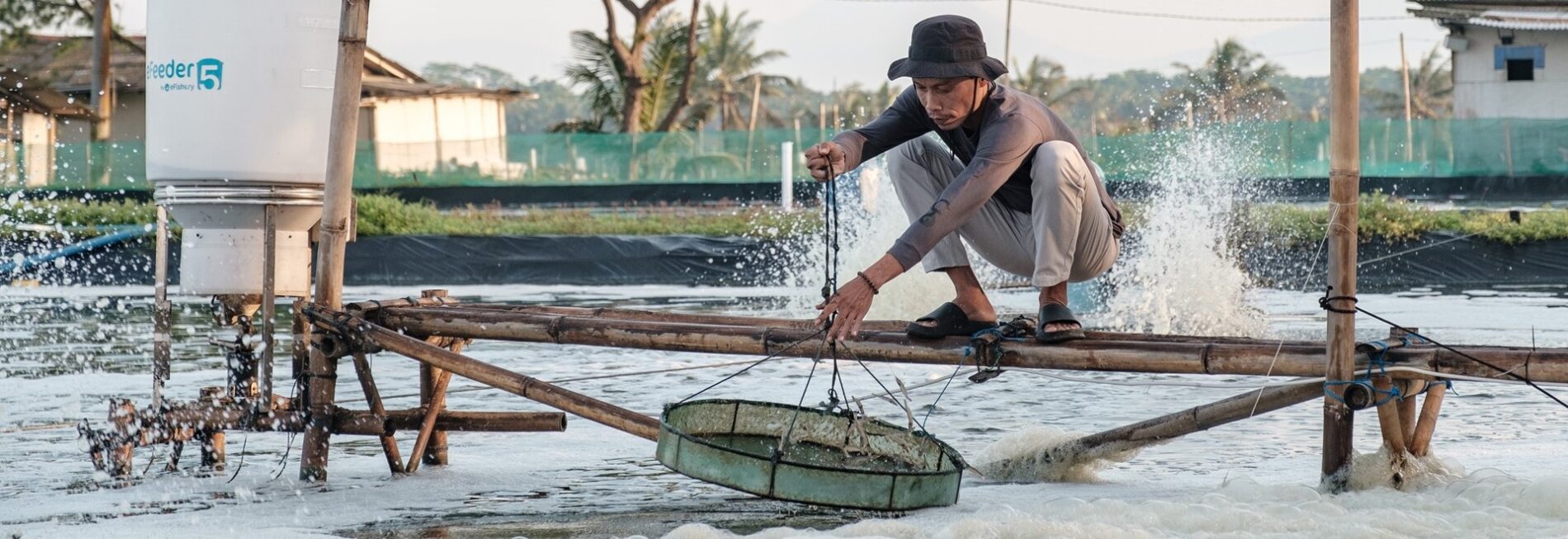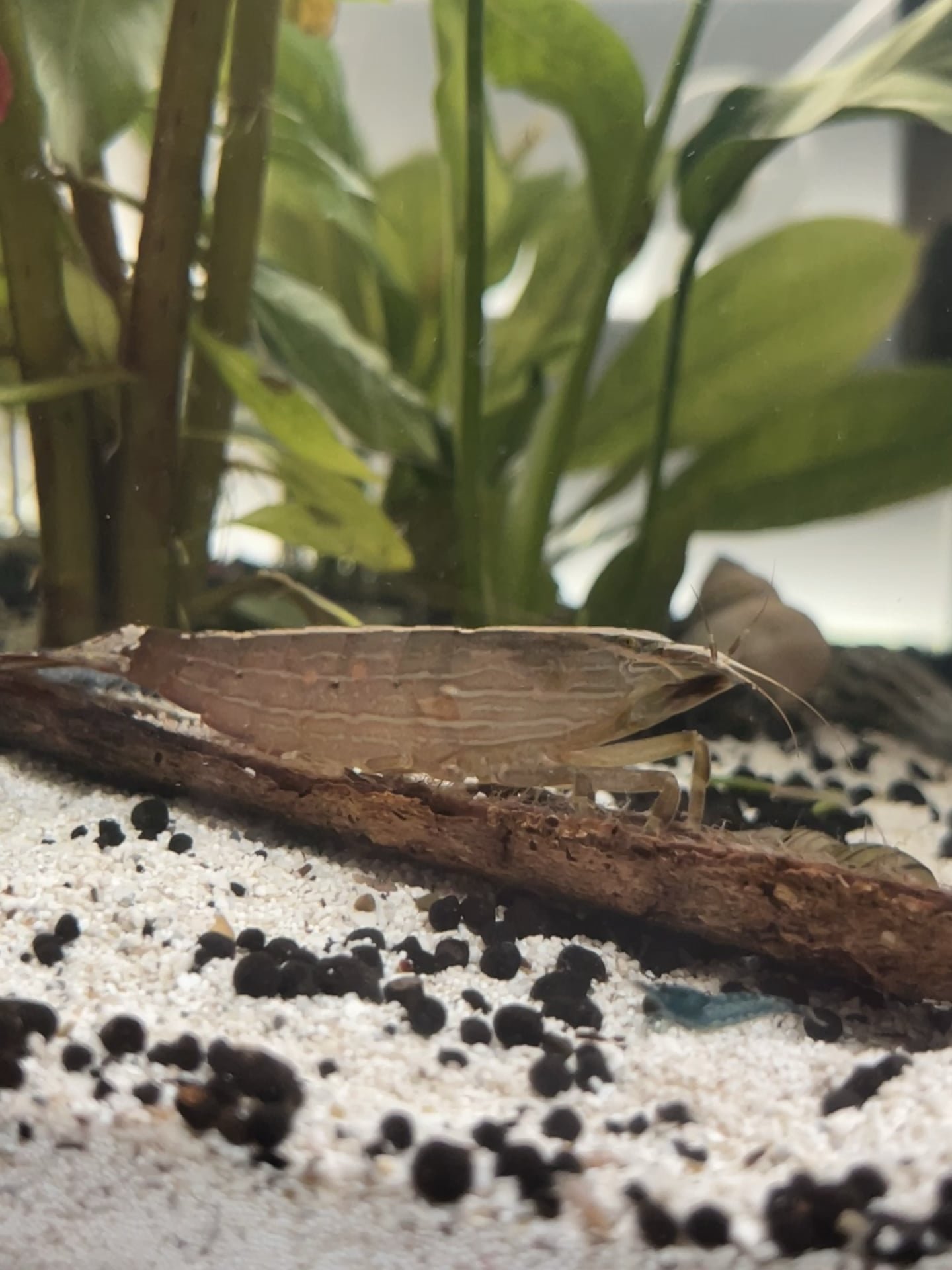Bamboo Shrimp can suffer from health problems like molting issues and poor water quality. These factors can lead to stress and death.
Bamboo Shrimp, also known as Wood Shrimp, are popular in freshwater aquariums. They are filter feeders, using fan-like appendages to catch food particles. Proper care is essential to keep them healthy. Poor water quality and incorrect tank conditions can cause significant health issues.
Regular monitoring of water parameters helps maintain a suitable environment. Providing a stress-free habitat is crucial for their well-being. Signs of health problems include lethargy and difficulty molting. Addressing issues promptly can prevent severe complications. Ensuring a balanced diet and clean water will keep Bamboo Shrimp thriving.
Common Health Issues
Bamboo shrimp, known for their beauty and unique filtering abilities, can face various health problems. Understanding these common health issues helps ensure their well-being and longevity.
Shell Problems
Shell problems are a frequent issue in bamboo shrimp. Soft shells can occur due to insufficient calcium in their diet. Ensure they get enough calcium by providing cuttlebone or calcium supplements. Cracked shells may result from physical injuries. Protect your shrimp by avoiding sharp objects in the tank.
Parasitic Infections
Parasitic infections can significantly impact bamboo shrimp health. Planaria are tiny worms that can harm your shrimp. Regular tank cleaning and introducing predators like assassin snails can help control planaria. Vorticella are another parasite that appears as white fuzz on shrimp. Use medications like formalin to treat these infections.
Bacterial Diseases
Bacterial diseases can be deadly for bamboo shrimp. Bacterial infections often result from poor water quality. Maintain clean water by performing regular water changes and using a good filter. Black spots on shrimp may indicate a bacterial infection. Treat with antibacterial medications to prevent the spread of disease.
| Common Health Issue | Symptoms | Treatment |
|---|---|---|
| Shell Problems | Soft or cracked shell | Provide calcium, remove sharp objects |
| Parasitic Infections | Planaria, Vorticella | Regular cleaning, use predators, medications |
| Bacterial Diseases | Black spots, lethargy | Antibacterial medications, clean water |
Ensuring the health of bamboo shrimp requires vigilance and care. Addressing these common health issues promptly improves their quality of life.

Credit: news.microsoft.com
Recognizing Symptoms
Keeping your Bamboo Shrimp healthy starts with recognizing symptoms of health problems. These symptoms often manifest through changes in behavior, physical signs, and water quality indicators.
Behavioral Changes
Bamboo Shrimp may show unusual behavior when they are not well. Watch for signs like:
- Reduced activity or lethargy
- Hiding more often than usual
- Feeding less or stopping completely
These behaviors can indicate stress or illness. Act quickly if you notice these changes.
Physical Signs
Physical signs can also help you identify health problems. Look for:
| Symptom | Possible Issue |
|---|---|
| Discolored or pale shell | Stress or poor diet |
| Damaged or missing limbs | Injury or molting issues |
| Cloudy eyes | Infection |
These physical signs are important. They help identify the problem early.
Water Quality Indicators
Water quality is crucial for Bamboo Shrimp health. Poor water conditions can lead to health problems. Check for:
- Ammonia and nitrite levels
- pH levels
- Water hardness
Maintain good water quality to keep your shrimp healthy. Regularly test and adjust the water parameters.
Ideal Tank Conditions
Bamboo shrimp are fascinating creatures that require specific tank conditions for optimal health. Ensuring the right environment helps prevent common health problems.
Optimal Water Parameters
Maintaining ideal water parameters is crucial for Bamboo shrimp health. Keep the water temperature between 75-81°F (24-27°C). The pH level should range from 6.5 to 7.5. Hardness should be kept at 3-10 dKH.
Regularly monitor ammonia, nitrite, and nitrate levels. Ammonia and nitrites should be at 0 ppm, while nitrates should be below 20 ppm. Use a reliable test kit to check these parameters weekly.
Filtration Needs
Filtration is critical for keeping the water clean and oxygen-rich. Use a strong filter that provides good water flow. Bamboo shrimp thrive in tanks with high water flow. It allows them to filter-feed effectively.
Consider using sponge filters to avoid harming the shrimp. Ensure the filter is rated for the tank size. Clean the filter media regularly to maintain efficiency.
Tank Mates
Choosing the right tank mates helps prevent stress and aggression. Bamboo shrimp are peaceful and do well with other non-aggressive species. Good tank mates include:
- Small tetras
- Guppies
- Snails
- Other shrimp species
Avoid keeping them with large or aggressive fish. Fish like cichlids or large catfish may harm them. Always observe new tank mates for signs of aggression.
Diet And Nutrition
Bamboo Shrimp need a specific diet to stay healthy. Knowing what to feed them is crucial.
Balanced Diet
A balanced diet is essential for Bamboo Shrimp. They eat tiny particles from the water. This includes algae, detritus, and plant debris. A varied diet ensures they get all the nutrients they need. You can provide them with high-quality shrimp food. Make sure it is rich in proteins and minerals.
Supplemental Feeding
Sometimes, your tank might lack enough natural food. In this case, supplemental feeding is necessary. You can use powdered foods like spirulina or finely crushed fish food. Ensure the food is small enough for them to filter. You can also offer liquid fry food. This helps them get extra nutrients.
Avoiding Overfeeding
Overfeeding can harm Bamboo Shrimp. Too much food can pollute the water. This can lead to poor water quality. Poor water quality can cause health problems. Feed them small amounts of food at a time. Observe how much they eat and adjust accordingly. Too much leftover food can also encourage harmful bacteria. Always keep their environment clean.
Regular Maintenance
Regular maintenance is crucial for the health of Bamboo Shrimp. Proper care involves several tasks. These tasks prevent health problems and keep shrimp happy.
Water Changes
Water changes are vital for Bamboo Shrimp. Change 20% of the tank water weekly. This keeps the water clean and free of toxins. Use a water conditioner to remove chlorine. Ensure the new water is the same temperature as the tank.
Tank Cleaning
Clean the tank regularly to avoid dirt buildup. Remove uneaten food and debris from the substrate. Clean the tank walls with an algae scraper. Avoid using harsh chemicals. These can harm your Bamboo Shrimp.
Monitoring Equipment
Regularly check your tank equipment. Ensure the filter is working properly. A well-functioning filter keeps the water clean. Monitor the heater to maintain a stable temperature. Check the air pump for proper oxygen levels.
Keep a checklist for regular maintenance tasks. This ensures nothing is missed. Healthy Bamboo Shrimp are happy shrimp!

Credit: www.researchgate.net
Preventative Measures
Maintaining the health of your bamboo shrimp is crucial. Taking proactive steps ensures they thrive. Below are some key preventative measures to keep your bamboo shrimp healthy and happy.
Quarantine New Additions
Always quarantine new shrimp before introducing them to the main tank. This practice helps prevent the spread of diseases. Set up a separate tank for new shrimp and monitor them for at least two weeks.
Use a small tank with a filter and heater. Ensure the water conditions match the main tank. This helps new shrimp acclimate without stress. Observe for any signs of illness or parasites during this period.
Regular Health Checks
Conduct regular health checks on your bamboo shrimp. Look for signs of stress or disease. Common symptoms include lethargy, discoloration, or unusual behavior.
Use a checklist for health assessments:
- Check for discoloration or spots.
- Observe their activity level.
- Inspect their exoskeleton for damage.
- Watch for abnormal swimming patterns.
These checks help catch health issues early, preventing serious problems.
Proper Handling
Handle bamboo shrimp properly to avoid stress and injury. They are delicate and require gentle care. Always use a soft net when moving them.
Here are some handling tips:
- Use a soft mesh net for transfers.
- Move them quickly and gently.
- Avoid overhandling to reduce stress.
Proper handling ensures their safety and health.
Emergency Response
Bamboo shrimp are delicate creatures. They need swift action during health problems. Acting fast can save their lives. Here’s how to respond in an emergency.
Isolating Sick Shrimp
Isolate any sick shrimp immediately. Use a separate tank. This prevents spreading disease. Ensure the isolation tank has similar water conditions. This reduces stress on the shrimp.
Provide hiding spots. Use plants or small caves. This helps the shrimp feel secure.
Using Medications
Consult a vet before using medications. Some medicines harm shrimp. Use shrimp-safe treatments only. Follow the dosage instructions carefully. Overdosing can be fatal.
Medications can be added to the isolation tank. Monitor the shrimp closely. Look for signs of improvement.
Seeking Professional Help
If unsure, seek professional help. Contact an aquatic vet. They can diagnose and treat health problems. Bring a sample of the tank water. This helps in identifying any issues.
Professionals can offer the best advice. They ensure your shrimp gets the right care.
Long-term Care
Bamboo Shrimp are fascinating creatures, but they need proper care. Ensuring their health long-term is vital. This section will guide you through essential practices for their well-being.
Consistent Monitoring
Regularly check your Bamboo Shrimp’s behavior and physical appearance. Notice any changes in color or activity levels.
- Inspect the shrimp for signs of molting issues.
- Look for any unusual spots or discolorations.
- Monitor their feeding habits closely.
Use a logbook to track observations. This helps in identifying patterns and potential problems early.
Adapting To Changes
Bamboo Shrimp may face environmental changes. Adjust their habitat accordingly.
| Change | Action |
|---|---|
| Water Quality | Test water parameters weekly and adjust as needed. |
| Tank Mates | Ensure compatibility and avoid aggressive species. |
| Food Supply | Provide a consistent and varied diet. |
Implementing these changes promptly can prevent health problems.
Ongoing Education
Stay informed about Bamboo Shrimp care. Join forums and read articles.
- Subscribe to aquarium magazines.
- Participate in online communities.
- Attend local aquarium club meetings.
Learning from others’ experiences can be invaluable. It keeps you updated on best practices and new findings.

Credit: aquahuna.com
Frequently Asked Questions
How Do You Know If Bamboo Shrimp Is Healthy?
Check for vibrant colors, clear eyes, and active behavior. Healthy bamboo shrimp actively filter feed and move around.
Why Are My Bamboo Shrimp Dying?
Bamboo shrimp may die due to poor water quality, inadequate filtration, or lack of food. Ensure stable water parameters and sufficient food.
Can Bamboo Shrimp Live In A Community Tank?
Yes, bamboo shrimp can live in a community tank. They are peaceful and coexist well with non-aggressive fish. Ensure proper water flow for filter feeding.
Are Bamboo Shrimp Easy To Keep?
Yes, bamboo shrimp are easy to keep. They require clean water, stable temperature, and proper filtration. They thrive in well-maintained aquariums with plenty of hiding spots and a steady food supply. Regular water changes and monitoring ensure their health.
Conclusion
Maintaining your bamboo shrimp’s health is essential for a thriving aquarium. Regular water changes and proper diet can prevent issues. Observe your shrimp closely for any signs of illness. Quick action can ensure their longevity and happiness. Healthy bamboo shrimp contribute to a vibrant and balanced aquatic environment.
